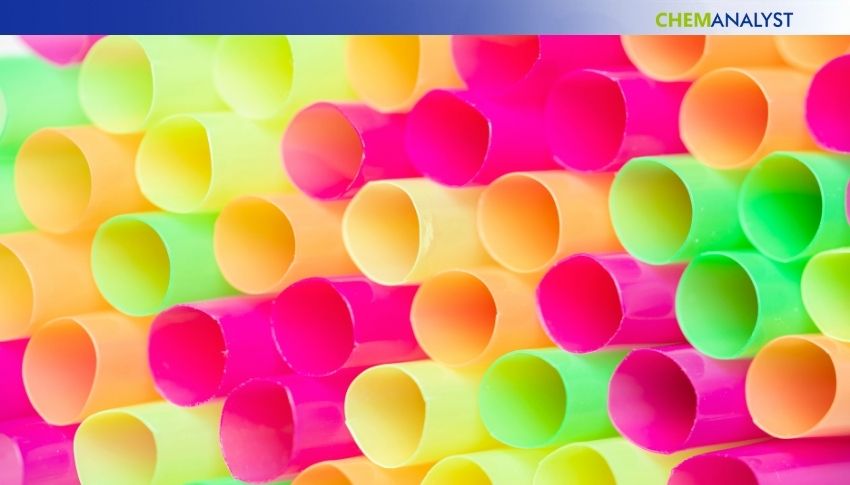Welcome To ChemAnalyst

Isoprene Rubber prices in India, China, and France remained stable throughout the first half of July 2025, underpinned by a balance between upstream cost inflation and limited downstream demand.
In India, Isoprene rubber prices remained stable in the week of 4 July as seasonal demand weakened due to the monsoon. Limited activity from automotives, construction, and infrastructure led to very little procurement. As buyers anticipated possible price drops, they deferred their sentiment and procurement decisions that week. Reports from distributors indicated buyers purchased mostly for need. In the following week, prices increased by 0.5% as import prices from Russia and Japan increased. These import price increases were due to rising global crude prices, which caused a spike in feedstock naphtha prices. Isoprene rubber prices stabilized the next week, driven by balanced supply and demand conditions.
During the initial two weeks of July, Isoprene rubber prices in China remained stable. Some slight improvement in trading activity was observed; however, overall demand remained tepid. Support for Isoprene rubber prices was created by minor replenishment activities, stimulated by the recent China-US economic conversations, coupled with stable inventories at ports in China. Though the import costs from major suppliers such as Russia and the U.S. experienced increases largely due to crude costs and naphtha increases, which suppliers could not wholly absorb because of their bulky stockpiles. Downstream support came from the growth in new energy vehicle sales and slight improvement of construction activity; however, there was an initial dip in semi-steel tire production at the beginning of July, which showcased the continued caution of most purchasers. Spot purchases continue to be few, as most manufacturers were focused on fulfilling contracts. Further, Isoprene rubber prices continued to remain stable in the next week.
In the meantime, in France, Isoprene rubber prices were stable in early July due to a consistent supply situation. Imports by major producing companies were still arriving without disruption, so inventory levels were unaffected. On the demand side, the automotive market presented mixed signals—while Tesla sales fell, Dacia and other manufacturers had good sales volumes. That said, in the week following the 11th of July, prices rose moderately by 0.4% due to increased import costs associated with delays from Germany caused by port congestion, and upstream cost inflation from increases in crude oil, causing a surge in naphtha prices. Automotive demand improved, with new passenger car registrations increasing by 36.78% month-on-month in June. The construction sector remained weak due to cost pressures from inputs and falling new orders. By mid-July, market conditions were broadly stable for Isoprene rubber.
Overall, stable demand-supply dynamics and cautious downstream procurement helped maintain price stability for Isoprene rubber across these key markets despite upstream cost challenges.
We use cookies to deliver the best possible experience on our website. To learn more, visit our Privacy Policy. By continuing to use this site or by closing this box, you consent to our use of cookies. More info.
